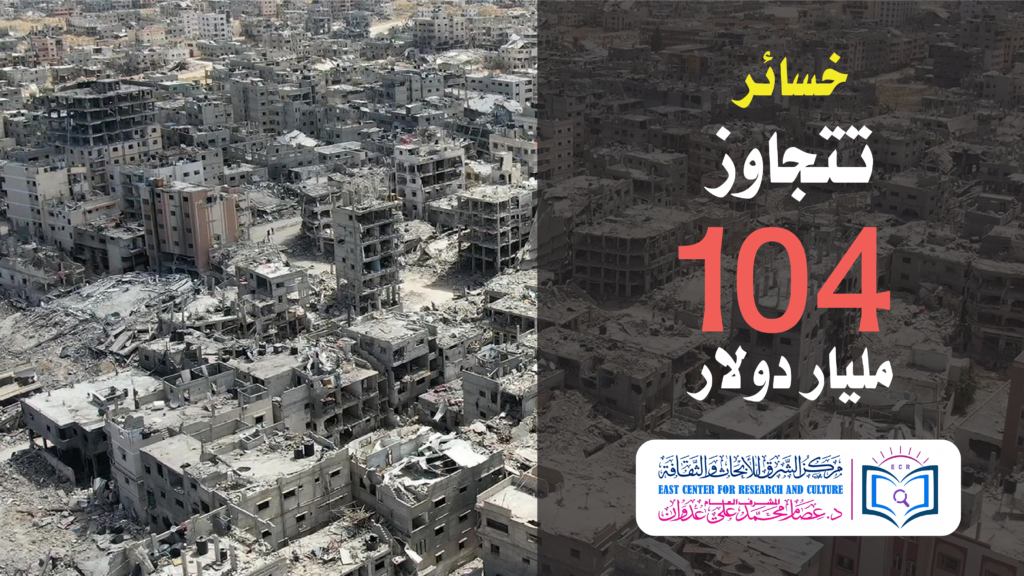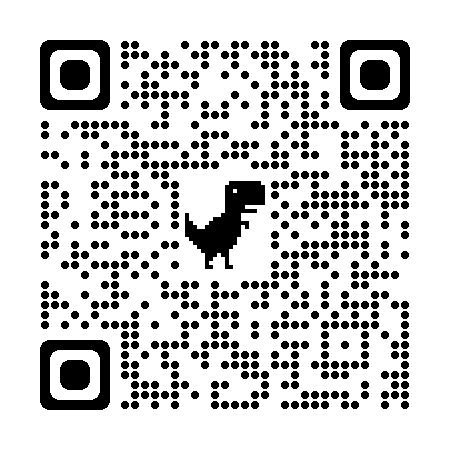The twenty-third of Sha’ban:
It happened on this day in history ,,
* In the year 13 AH / October 634 AD, the battle of the bridge between the Muslims led by “Abu Obaid” began. and the Persians led by Dhul-Hajib “Bahman bin Jadwiya”. It was a tremendous battle in which Abu Obeid was martyred, Muthanna bin Haritha took over, Muslims did not succeed in achieving victory, And if they do well in battle.
* The year 492 AH / July 1099 AD The fall of Jerusalem to the Crusaders in their first campaign on the Islamic East, Their siege of the city lasted more than forty days. She fell after her.
* In 1339 AH / May 1921 AD, the French occupation releases the Tunisian activist Abdelaziz Thaalbi after several months in prison.
* In 1365 AH / July 1946 AD, the Zionist Irgun Organization bombed the King David Hotel in Jerusalem, killing 91 people and wounding 46 others.
Continued on the twenty third of Shaaban
* In 1388 AH / November 1968 AD, explosions of a number of bombs in public and various places in Kuwait during the visit of the Shah of Iran, Mohammad Reza Pahlavi.
* Year 1409 AH / March 1989 AD The twentieth session of the Palestinian National Council unanimously approved the selection of Yasser Arafat as President of the State of Palestine.
* Year 1430 AH / August 2009 AD Abdul Latif Musa, leader of the Jund Ansar Allah group, announces from the “Ibn Taymiyyah Mosque” in Rafah the establishment of an Islamic emirate in the environs of Jerusalem.
Events written on this day:
It is a daily record that contains a separate narrative of historical events arranged in a random manner that reviews events from ancient, medieval and modern history, And Arab and international events
This record aims to recall some of the events affecting people’s lives at the national, national and global levels, To the extent that it does not make it boring to the reader.
This Register is of particular importance, It makes man feel different times, As if he had lived it. It gives him an inner sense of happiness, And sometimes with pain, for events that took place on such a day that he lives. This is a good way to sense, absorb and reflect on history.
Schools and parents may need to teach their children some historical events by reviewing this daily record, and encourage them to express their feelings about these events, and strengthen their intellect.
This daily record of events is so inspiring to some that it pushes him to exchange it with his friends, lovers and those interested in him, To become a form of enhancing social communication.
The East Center for Research and Culture provides this service to its visitors, To make it easier for them to read what happened on the same day as they live, And pass it on electronically simply and easily with their friends. The center hopes that this will be welcomed and comforted by the distinguished visitors.







